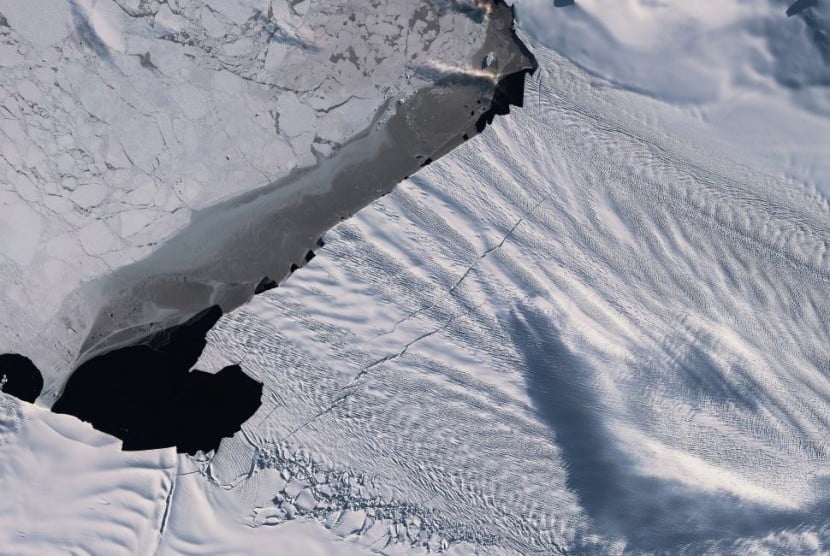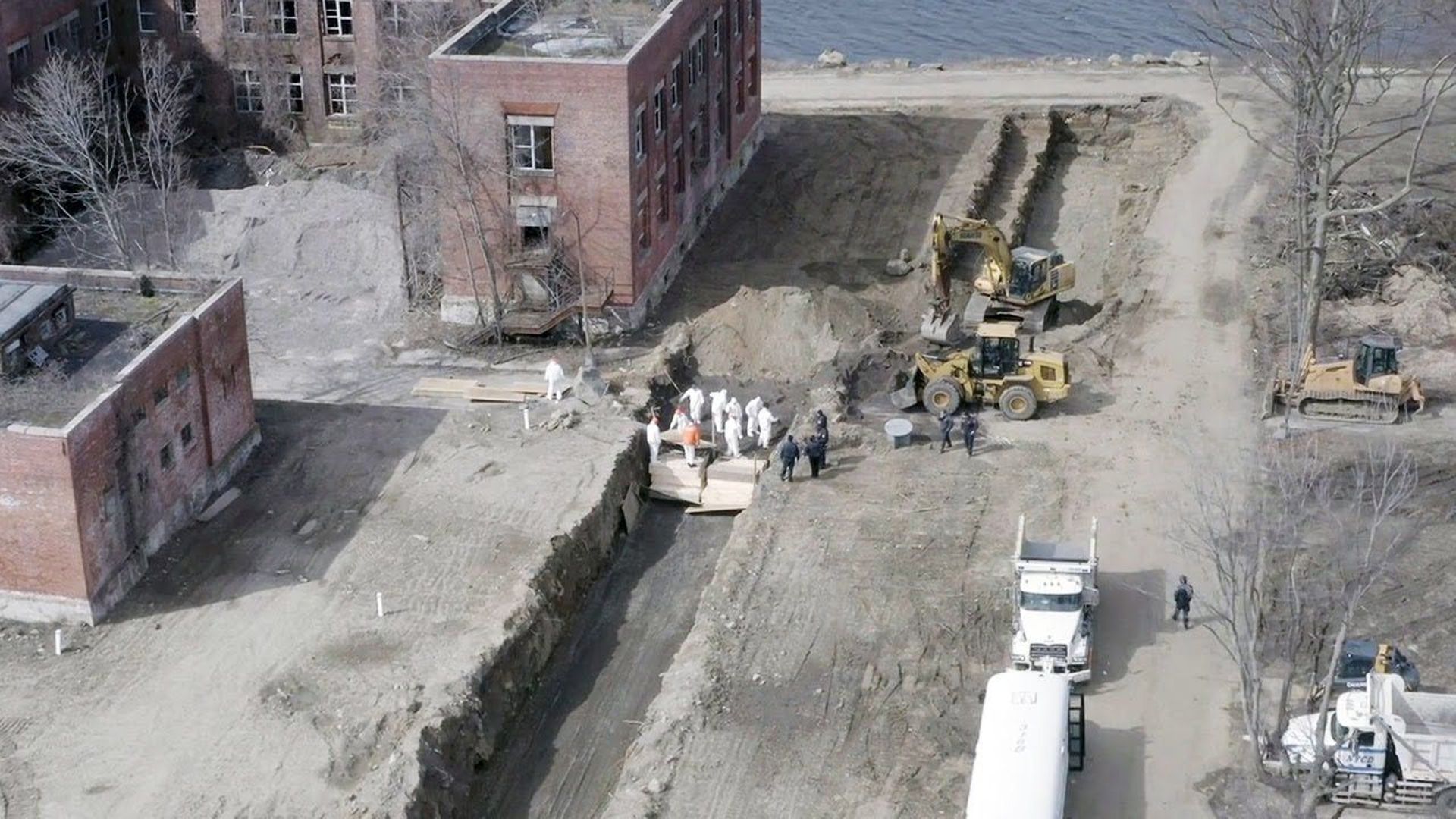Thwaites has lost about 595 billion tonnes of ice since the 1980s.
REPUBLIKA.CO.ID, JAKARTA — Antarctica’s Doomsday Glacier is melting at the fastest rate in 5,500 years. This raises concerns about the future of the ice sheet and the risk of sea level rise caused by melting ice on the frozen continent.
The discovery comes from studies of prehistoric marine deposits found on the fringes of the West Antarctic Ice Sheet “apocalypse” Thwaites Glacier and the adjoining Pine Island Glacier.
What’s the bad news? According to experts who published their findings in the journal Nature Geoscience on June 9, climate change accelerated the melting of Antarctic glaciers.
“Currently increasing rates of ice melt may signal that the heart of the West Antarctic Ice Sheet has ruptured, leading to an accelerated outflow of ocean that has the potential to be catastrophic for future global sea levels in a warming world,” said co-author Dylan Rood, an Earth scientist at Imperial College London.
Thwaites has earned the nickname “The Doomsday Glacier” because it is one of the fastest melting glaciers in Antarctica. Thwaites has lost about 595 billion tons (540 billion metric tons) of ice since the 1980s, resulting in a 4 percent rise in world sea levels.
Thwaites and its northern neighbor Pine Island Glacier, cover vast swathes of terrain. Thwaites is almost the size of Great Britain, with a surface area of 192,000 square kilometers and Pine Island with an area of 162,300 square kilometers.
Both glaciers are exposed to warm, thick, and salty water currents beneath them because their sea-facing extremities are positioned over the ocean basin like a bowl.
This warm water not only melts the glaciers that stretch into the Amundsen Sea, but also bites it from below, releasing it from its main anchor point to the north. In addition, melting from beneath them weakens the glacier and makes it more susceptible to surface cracks, which may spread throughout the ice sheet and cause it to break.
If the entire West Antarctic Ice Sheet were to rupture and melt into the ocean, global sea levels would rise by about 3.4 meters.
Scientists searched the Antarctic coast for evidence near where glaciers stopped in the ocean to compare current rates of melting with those in the past.
Because ice weighed on land, when some of it melted and flowed into the ocean at the end of the last ice age (about 11,500 years ago), the land bounced off, revealing coastlines hidden beneath the waves.
Scientists are trying to study how fast the ice is receding from the ground before advancing again by analyzing the ages and elevations of more than two dozen coastlines. They used old shells and microscopic fragments of penguin bone to estimate the age of the coastline, before studying ancient biomaterial by radiocarbon dating.
Melting ice exposed coastlines at a rate of about 3.5 millimeters every year from then until about 30 years ago. However, the rate of coastline advancement has increased dramatically over the last three decades, reaching up to 40 mm each year.
“Although this vulnerable glacier has been relatively stable over the past few millennia, its current rate of decline is accelerating and has raised global sea levels,” said Rood.
It’s not known what this means for Antarctica’s glaciers and ice sheets, as well as fragile beaches around the world. While the findings are worrying, they do not address the number of times glaciers have retreated and advanced in recorded history.


